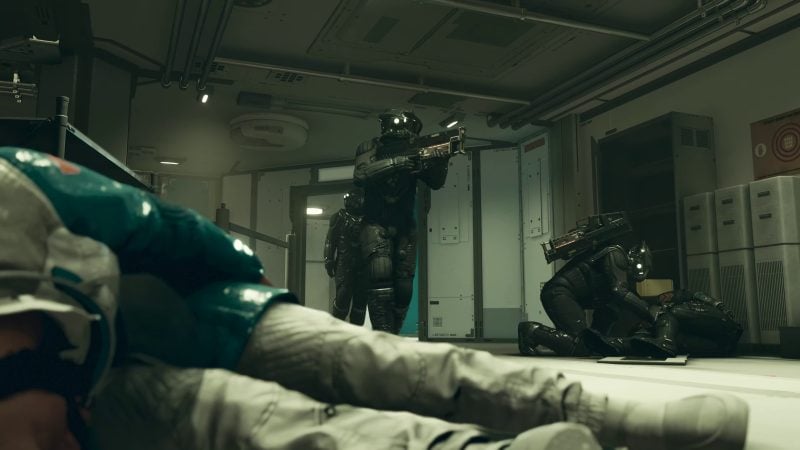
Starfield will likely hit 10 million players in its first weekend post-launch.
- Bethesda Game Studios’ recent game, Starfield, has achieved remarkable success in its early days, garnering 6 million players within just two days of its release.
- While the figure is undeniably impressive, it raises questions about the revenue model and Xbox’s digital-first approach.
- Starfield’s popularity demonstrates Xbox’s ability to produce top-tier titles that not only generate revenue but also cultivate engagement and conversation among gamers.
A computer game’s early years frequently determine its future, and Bethesda Game Studios’ Starfield has had a supernova-like start.
Starfield’s official X (formerly known as Twitter) account said that the game had garnered an astounding 6 million players in less than two days after its initial debut.
Not only is that figure significant in and of itself, but it also surpasses the sales of renowned games such as Fallout 4 to making Starfield the biggest game launch in Bethesda’s illustrious history.
As of this morning, #Starfield has already surpassed 6 million players, making it the biggest Bethesda game launch of all time. pic.twitter.com/4yZa1lAYjW
Starfield (@StarfieldGame) September 7, 2023
Although the game’s popularity was evident from its early success, there is more to these figures than meets the eye. On the one hand, Bethesda’s first new franchise in 25 years, Starfield’s success, represents a historic victory. Both new and seasoned players have been exploring Starfield’s vast cosmos, visiting all of its “dull” worlds, embarking on missions, and debating whether to stick with the story or venture into uncharted territory. However, this increase in participation also begs concerns about Xbox’s broader vision and its “digital first” approach, as well as its revenue model.
We are left wondering how many of the 6 million gamers are new Xbox Game Pass customers as opposed to current ones because of the vague nature of the player metric. How many chose to purchase the game instead of using a subscription to play it? Not to add, what portion of the total came from a complimentary copy that was given out together with a laptop, processor, or graphics card that was powered by AMD?

It’s no secret that since launching the Xbox Game Pass in 2017, Xbox has been progressively reorienting its attention away from sales figures and toward engagement measures. A game’s success in this new paradigm is determined by how many players it draws in and keeps, not by how many copies it sells. Instead of being a passing fad, Microsoft is intentionally emphasizing long-term profits through recurring subscriptions rather than one-time game sales with this shift to engagement-driven metrics.
Still, this doesn’t take away from Starfield’s overwhelming appeal. Its enormous involvement was probably largely influenced by its Game Pass debut. Why wouldn’t it, too? It is definitely tempting for a customer to be able to access Starfield and hundreds of other titles for a monthly cost rather than having to pay $69.99 for a single purchase. Furthermore, since Bethesda titles are renowned for their endurance, Starfield is expected to be an Xbox Game Pass long-term engagement driver.
Fans are, of course, also occupied with discussions about Starfield. They cover a wide range of topics, from Todd Howard’s advice to PC players to upgrade their systems to the accolades the film is receiving and much more.

In the end, it’s difficult to exaggerate how crucial Starfield is to the Game Pass. Beyond just making money, it fosters goodwill with investors and guarantees easier financing and approval for Xbox and Bethesda initiatives in the future. However, revenue details are still hazy. Even though Starfield has the potential to be very profitable, it’s difficult to determine just how successful the game will be financially, especially given how many people will be playing it with pre-paid Xbox Game Pass memberships.
These conversations are made more intense by the unquenchable curiosity of the gaming community. Six million, ten million, or more numbers are hurled, and each one sparks intense discussion about its ramifications.
As the trend continues, it’s clear that even while Xbox doesn’t release a console-selling game every year, titles like Starfield demonstrate the company’s capacity to create amazing games that drive dialogue and surpass engagement metrics.
